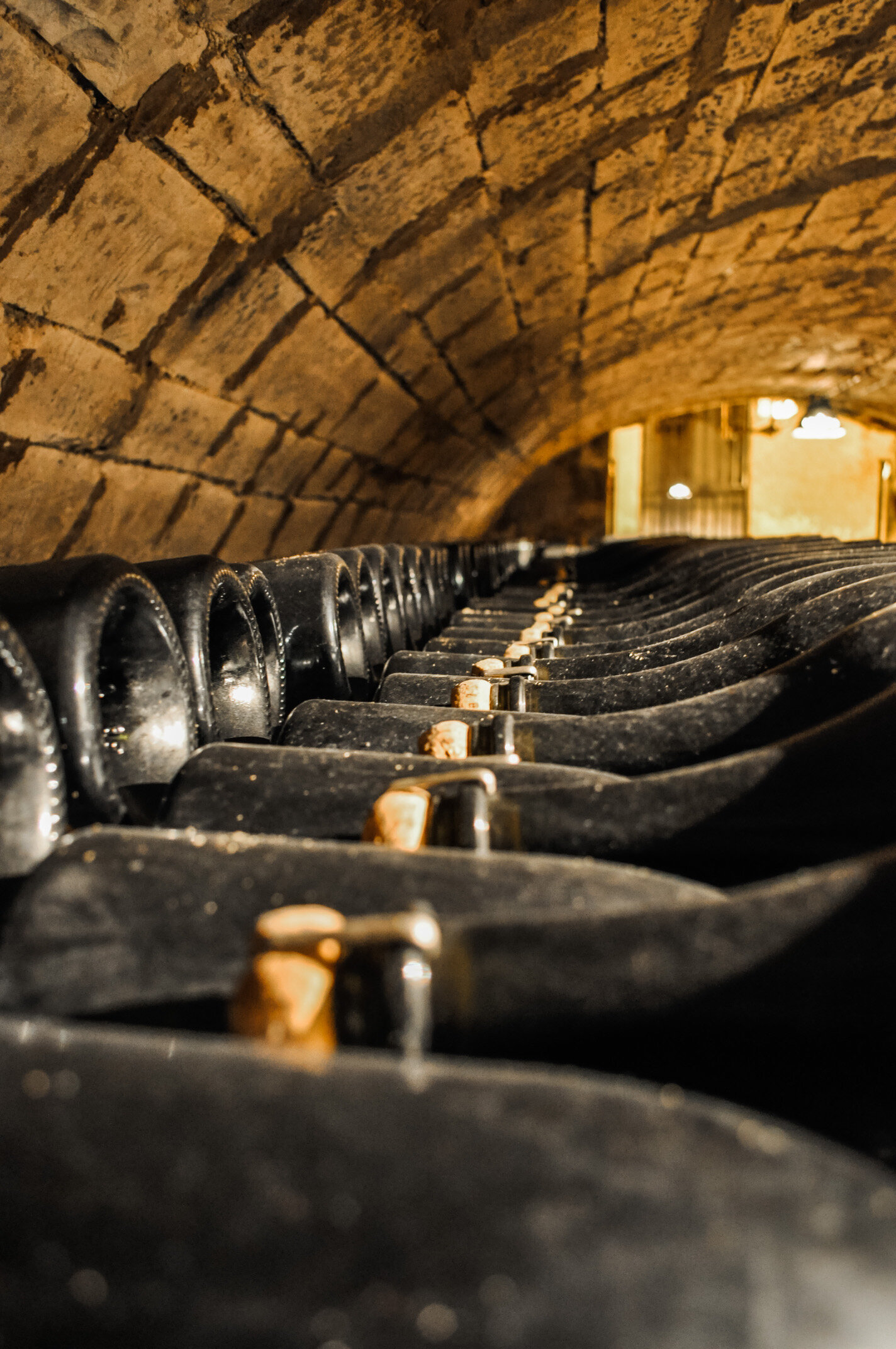
Ordering Wine
September 7, 2020
Have you ever wondered about the proper way to order a bottle of wine at a restaurant? When ordering a bottle, one partakes in a little ritual with the waiter or sommelier. The bottle is presented at the table, and the patron verifies by the label that the wine being presented is indeed the correct bottle that was ordered. Once confirmed, the server proceeds in opening the bottle and pours a small taste in the glass of the patron who ordered, usually the host of the table, though the host may defer to another in his or her party. The taster ought to make only the slightest to-do with a swirl, sniff and taste before confirming that the wine is good. Then the server will pour for the rest of the party, pouring for the host of the table last.
What you shouldn’t do is make a huge fuss and grandiose swirl of the glass, or dramatically examine the color of the wine, or the presence or quality of its legs, or anything else that one might associate with traditional wine tasting and that is because it is only proper to refuse a bottle if it has gone “off.” It is not an opportunity for sampling a wine, and deciding against it because you might prefer something else. It takes a little bit of familiarity with wine to identify a bottle that has turned, which is why it is a good idea to defer to someone in your group who has the most experience in tasting. The most common event you may come across is a bottle that has been ‘corked’ which gives it a mildewy taste caused by a reaction of the wine with chemicals present on the cork. The bottle may also have ‘oxidized’ which causes a highly vinegary taste and would have been caused by exposure to air, but that is unlikely to be the case if the bottle has opened in your presence. Or, the bottle may have ‘maderized’ having become overly sweetened by exposure to heat in storage, or it may have ‘re-fermented’ which is evident by cloudiness and fizziness where there should be none. In the finest restaurants, a sommelier who wears a gold medallion around his neck presents the wine and takes the first sip of the wine out of the medallion before pouring the host a taste, thereby avoiding serving a bad bottle entirely.
If you order a wine by the glass and the restaurant offers you a sample, it’s perfectly acceptable to select something different if after your taste you decide you don’t like it.